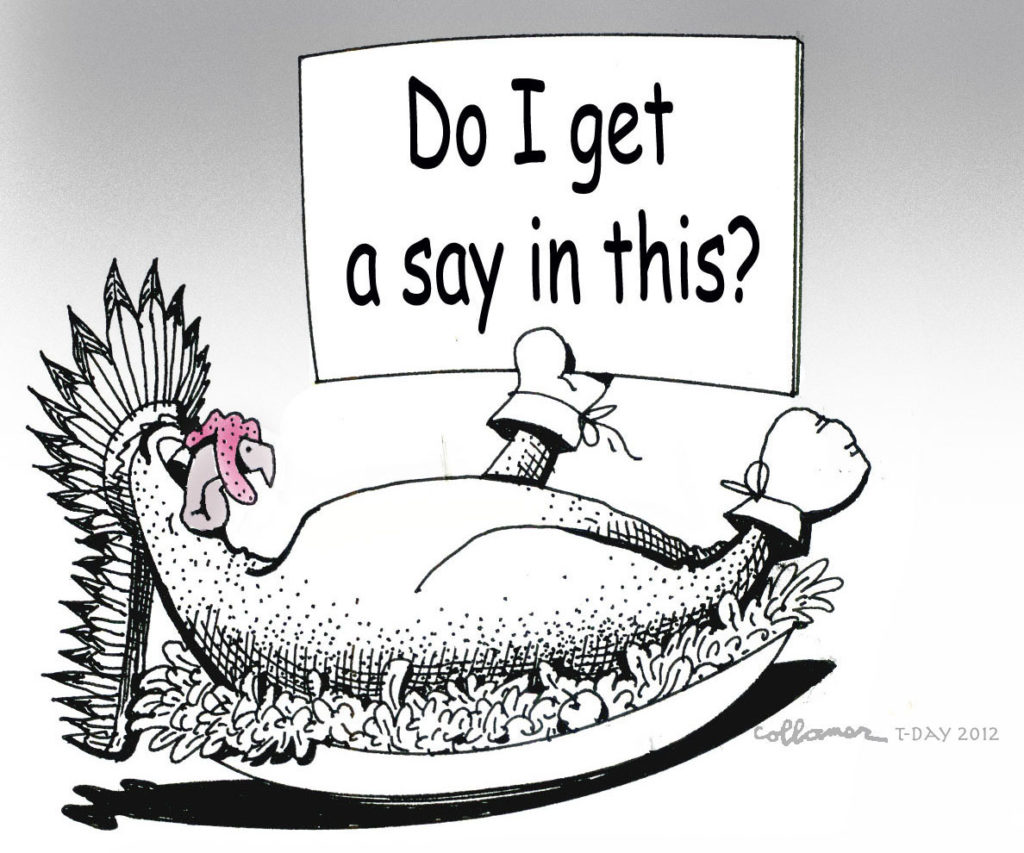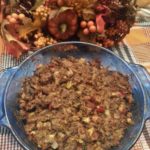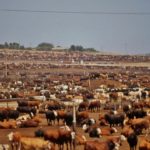The oft asked, but seldom answered Thanksgiving question…
Why Do North Americans Eat Turkey on Thanksgiving?
For that first Thanksgiving in 1621, Governor William Bradford sent “four men fowling” to provide for the feast for which a few dozen pilgrims and some hundred Native Americans would gather. What exactly those men came back with is anyone’s guess — ducks, geese, maybe a wild turkey or two. We do know that there were deer, cod, clams and lobsters on the menu that day, but there may not have been any turkey.
Regardless, wild turkey, native to North America, was a major food source for both Native Americans and pilgrims and was well regarded in those early days. Benjamin Franklin wanted the turkey to take the place of the bald eagle as the country’s national bird. The eagle, he wrote in a letter to his daughter in 1784, “is a bird of bad moral character. He does not get his living honestly… The turkey is in comparison a much more respectable bird, and withal a true original native of America… He is besides, though a little vain and silly, a bird of courage, and would not hesitate to attack a grenadier of the British guards who should presume to invade his farm yard with a red coat on.”
It’s not known exactly when turkey became the customary centerpiece of the Thanksgiving table, but it must have been at least by 1941, ventures Julia Reed writing for Newsweek, when FDR proclaimed the fourth Thursday of November a national holiday of Thanksgiving. But Roosevelt was already the third of three presidents to issue a proclamation recognizing the holiday, after George Washington in 1789 and Abraham Lincoln in 1863.
The partaking of turkey on Thanksgiving, according to Wikipedia, preceded Lincoln, with Alexander Hamilton having once declared that no “Citizen of the United States should refrain from turkey on Thanksgiving Day.” By the late 19th century, the phrase “Turkey Day” had become synonymous with Thanksgiving.
Last year, somewhere between 250 and 270 million turkeys were raised. Approximately 46 million of those turkeys were eaten at Thanksgiving, 22 million at Christmas and 19 million at Easter, according to EatTurkey.com. “Aggressive marketing by turkey farmers by advertising and availability of parts rather than the necessity of cooking a whole bird,” according to one source, has doubled turkey consumption in the United States in the past 25 years, with 74 percent used in sliced turkey sandwiches.
“Until about the middle of the last century, most of the turkeys eaten on Thanksgiving would have been what we now call ‘heritage breeds,’” writes Reed in Newsweek, “including the Standard Bronze, Bourbon Red, White Holland, Naragansett, and Jersey Buff varieties. These turkeys are gorgeous, hardy creatures, developed in Europe and America over hundreds of years and rich in flavor.”
From Kristin Wartman in “Huffington Post”: Turkeys on factory farms are hatched in incubators mostly on large farms in the midwest or the south. A few days after hatching, turkeys have their upper beaks snipped off. Once the beak is removed, the turkey can no longer pick and choose what it wants to eat. In their natural environment, turkeys are omnivores. But in a factory farm, turkeys are fed a steady diet of corn-based grain feed laced with antibiotics.
Industrially produced turkeys spend their first three weeks of life crammed into a brooder with hundreds of other birds. In the fourth week, turkey chicks are moved from the brooder to a giant window-less room with 10,000 other turkeys where bright lights shine 24 hours a day. With the lights constantly blaring, natural sleeping, eating, and fertility patterns are completely disrupted and the turkeys are, for the most part, kept awake and eating non-stop. Turkeys have an instinct to roost, or to clutch something when they sleep, but on the floor of a crowded room there is no such opportunity. If this is starting to sound like torture to you, you’re on the mark.
As a result of these unhealthy and crowded living conditions, farmers must feed the turkeys a constant supply of antibiotics. Pesticides are also widely used to inhibit the spread of disease. Antibiotics are also known to promote weight gain in farm animals and this connection is being made in humans now as well. In an effort to maximize the more profitable white breast meat, farmers have genetically selected and bred the white broad breasted turkey, which become so top heavy that they can no longer stand or reproduce and as a result, all industrial turkeys are created by artificial insemination. Turkeys are then brought to slaughter, often in a brutal way.
Today, more than 99 percent of the turkeys sold in the United States come from factory farms. These birds, Reed explains,
…Are bred to be so literally broad-breasted that by the time they are 8 weeks old, they are too fat to walk, much less procreate — every Broad-Breasted White on the market is the product of artificial insemination. They are kept in giant barns, given antibiotics to prevent disease, and fed constantly so that they reach maturity in almost half the time it takes a heritage turkey. The result is bland, mushy meat that we have come to equate with tenderness, but in reality processors inject the dressed birds with saline solutions and vegetable oils to improve “mouth feel” and keep the oversize breasts from drying out.
For many of us, Thanksgiving isn’t really about eating turkey, anyway, and we’ve taken to dousing it in gravy, deep-frying it and overlaying it with sides in order to make it more palatable. Instead, Thanksgiving is about what the turkey has come to signify — a feast shared with family and friends and a time to be thankful for what we have. Millions of turkeys will be cooked up today in deference to tradition more than anything else. But it’s a tradition that we would do well to reconsider.
Sources:
http://www.care2.com/causes/why-do-we-eat-turkey-for-thanksgiving.html#ixzz2CzeDEObX
http://www.huffingtonpost.com/kristin-wartman/turkey-thanksgiving_b_1088059.html













